Black history children’s books covering some of the major people and events of the 20th century are a superb addition to modern history lessons. I appreciate the variety of topics and people that they allow us to study, and the storytelling and imagery are engaging for my kids and for me! We already have these books in our home library, but many are widely available and easy to access through your local library.
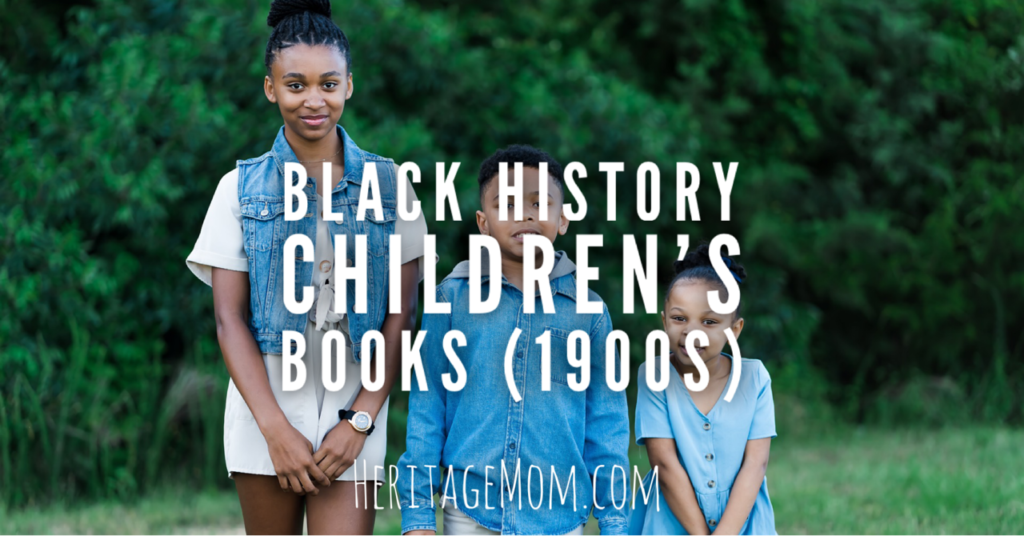
This list of Black history children’s books covering the 1900s is a bit shorter than last year’s Picture Books About Slavery and Freedom because I’ve already created extensive booklists with reading schedules, suggested videos, and optional chapter books that fit perfectly into this modern time period. I’ll be using the many picture books featured in these Heritage Packs for my elementary children. My older kids still enjoy great picture books, but they’ve already experienced these Heritage Packs. Read the summaries below or click the black buttons for details:
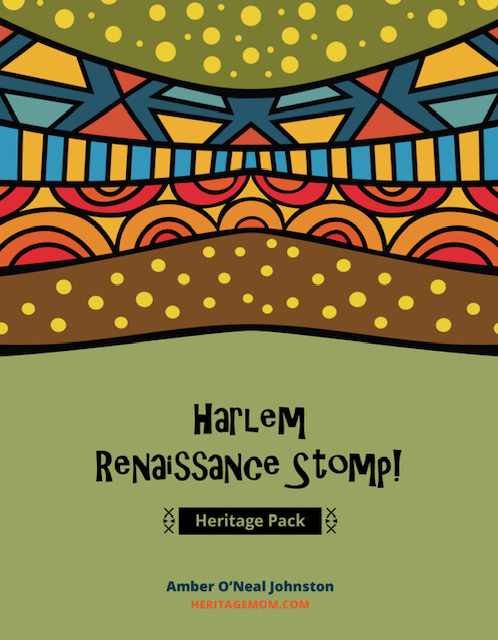
The Harlem Renaissance Heritage Pack covers a golden age in African American culture from about 1918 until the mid-1930s when a brave and talented group of Black musicians, artists, poets, novelists, actors, and public figures came together in New York City’s Harlem neighborhood. Fueled by the Great Migration, these notable figures established roots and took center stage while creatively expressing extraordinary pride in their culture. Target Age: Upper elementary & early middle school
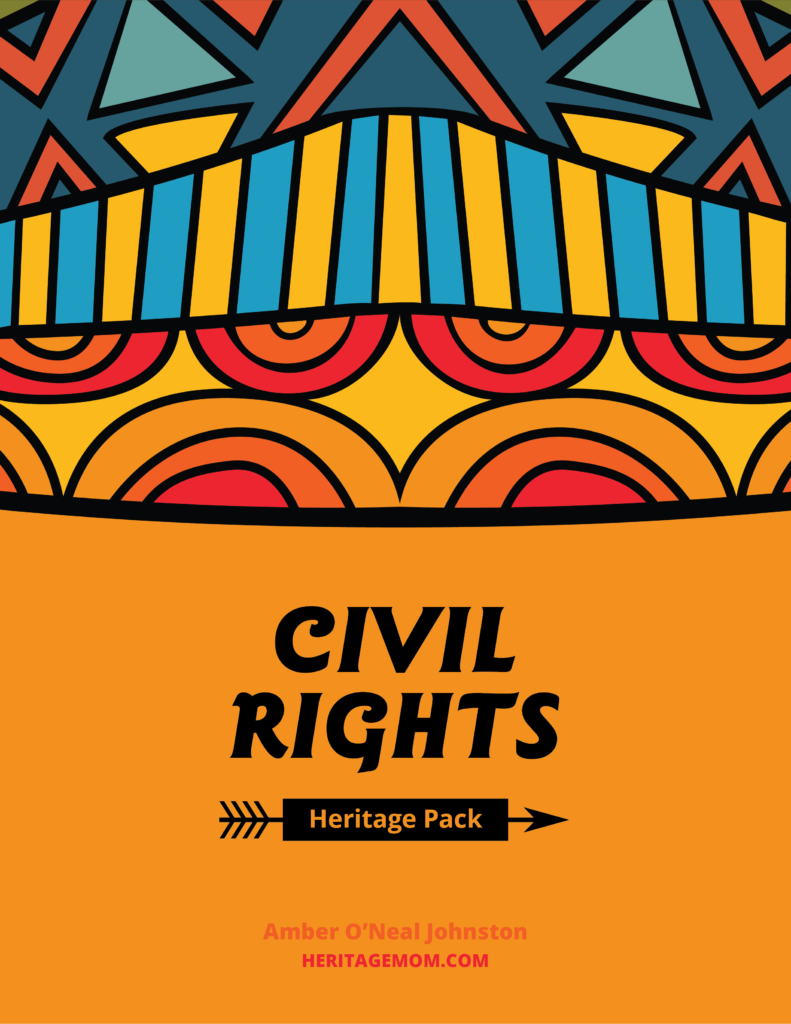
The Civil Rights Heritage Pack is a survey of the brave men and women who risked their reputations, livelihoods, and often even their very lives to press toward what they knew to be right. Their brave determination changed the course of America’s story and showed that when the ideals of our Founding Fathers are extended to all, America the Beautiful is not just a dream. Target Age: Upper elementary & early middle school
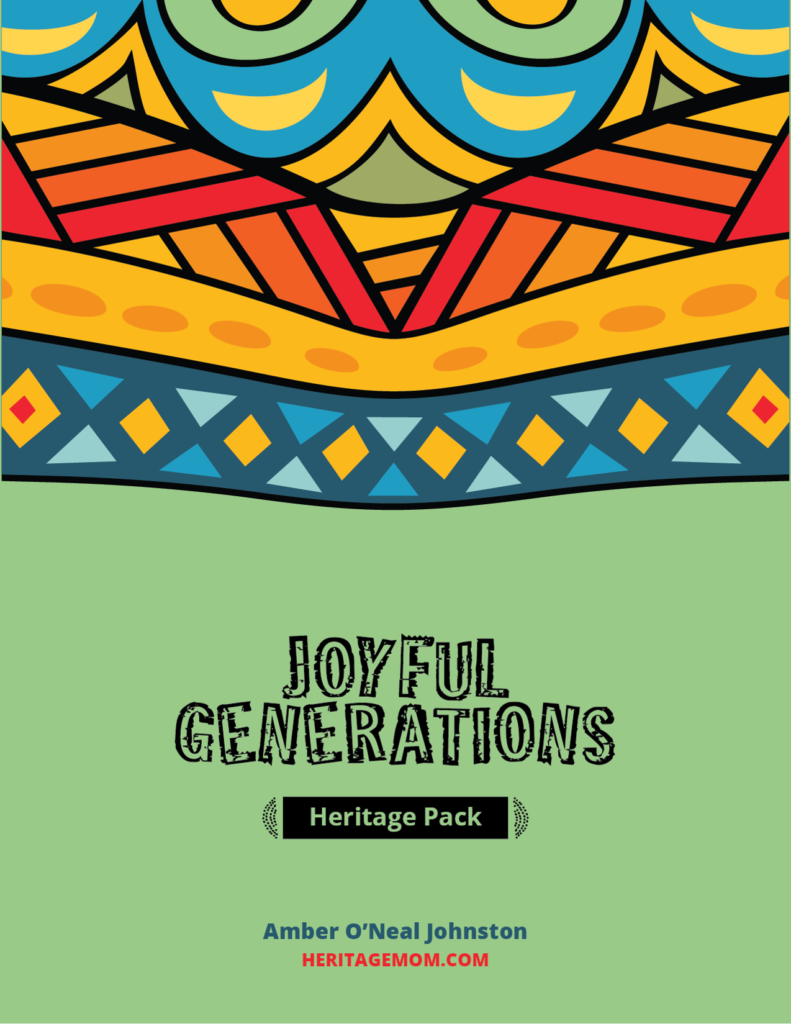
The Joyful Generations Heritage Pack tells stories of generations of iconic and lesser-known people from the past and present. The age-appropriate books and videos share the fullness of various Black people’s life experiences as they dealt with difficult circumstances, but the focus of this study is triumph, achievement, and joy. The idea is to introduce our children to heroes who overcame, and all of the stories will leave them knowing that Black folks can do remarkable things. Target Age: Lower elementary.
Target Ages
These are merely suggestions because you can’t read everything in a single year. If you want to combine your kiddos at the kitchen table, it is perfectly fine for younger elementary children to enjoy the Harlem Renaissance and Civil Rights picture books. Older siblings will happily absorb the stories from Joyful Generations. Key difference: The first packs also feature (optional) nonfiction books that are likely beyond the interest of your little ones, and Joyful Generations includes additional “just for fun” joy-filled stories that older students would enjoy but wouldn’t read as part of a history rotation. Another distinction: The first two packs distinctly cover early and mid-20th-century history, while the latter pack also introduces students to Black history children’s books featuring recently deceased or still-living Black history makers.
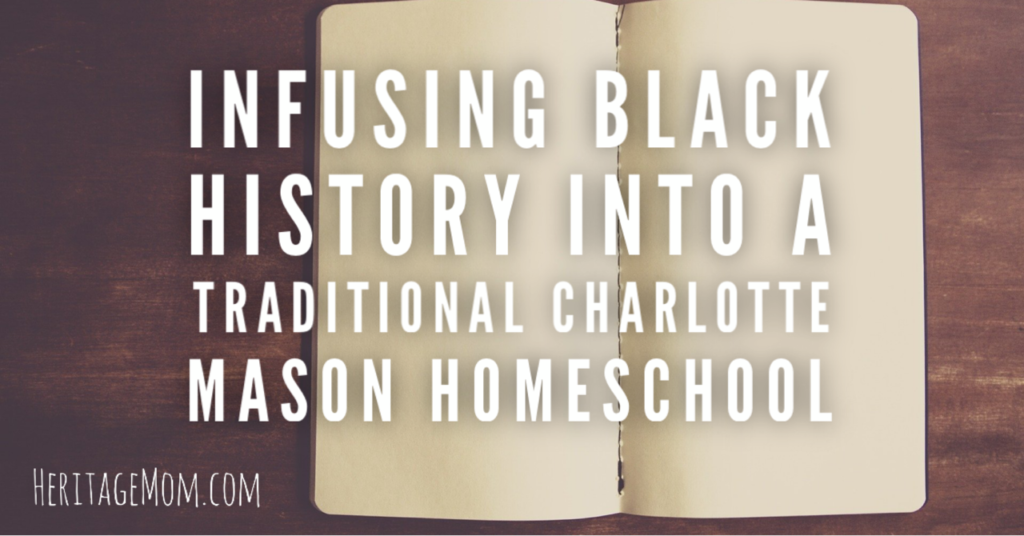
Other Book Recommendations
I covered this time period a few years ago in a post about Infusing Black History into a Traditional Charlotte Mason Homeschool. I’ll be revisiting the picture books mentioned in that post with my younger students this year because they either haven’t heard them or won’t remember the details.
Black History Children’s Books (1900s)
Disclosure: As an Amazon Associate, I may earn commissions from qualifying purchases of these Black history picture books about slavery and freedom using these links, at no additional cost to you. Thank you for your support.

Without further ado, here are the additional 20th-century Black history picture books that I’ll be covering with my elementary children this year:
Let the Children March by Monica Clark-Robinson – In 1963 Birmingham, Alabama, thousands of African American children volunteered to march for their rights after hearing Dr. Martin Luther King Jr. speak. They protested the laws that kept black people separate from white people. Facing fear, hate, and danger, these children used their voices to change the world.
The Teacher’s March by Sandra Neil Wallace and Rich Wallace – Reverend F.D. Reese was a leader of the Voting Rights Movement in Selma, Alabama. As a teacher and principal, he recognized that his colleagues were viewed with great respect in the city. Could he convince them to risk their jobs–and perhaps their lives–by organizing a teachers-only march to the county courthouse to demand their right to vote? On January 22, 1965, the Black teachers left their classrooms and did just that, with Reverend Reese leading the way.
Unspeakable: The Tulsa Race Massacre – This is a powerful look at the Tulsa Race Massacre, one of the worst incidents of racial violence in our nation’s history. The book traces the history of African Americans in Tulsa’s Greenwood district and chronicles the devastation that occurred in 1921 when a white mob attacked the Black community.
Evicted: The Struggle for the Right to Vote by Alice Faye Duncan – The late 1950s was a turbulent time in Fayette County, Tennessee. Black and White children went to different schools. Jim Crow signs hung high. And while Black hands in Fayette were free to work in the nearby fields as sharecroppers, the same Black hands were barred from casting ballots in public elections.
Fancy Party Gowns: The Story of Fashion Designer Ann Cole Lowe by Deborah Blumenthal and Only the Best: The Exceptional Life and Fashion of Ann Lowe by Kate Messner – Both of these books highlight the powerful story of the ground-breaking Ann Lowe, who grew up in a small Alabama dress shop and became the first nationally-known African American fashion designer. Sought after by millionaires and movie stars, her designs walked the red carpet and graced the wedding of Senator John F. Kennedy and Jacqueline Bouvier.
Mae Makes a Way: The True Story of Mae Reeves, Hat & History Maker by Olugbemisola Rhuday-Perkovich – Mae had a dream to make one-of-a-kind hats. But the path for a Black female designer was unclear, so Mae made a way, leaving her home in the segregated South to study at the Chicago School of Millinery. In Philadelphia, she became the first Black woman to own a business on South Street.
Draw What You See: The Life and Art of Benny Andrews by Kathleen Benson – Benny’s dreams took him far from the rural Georgia of his childhood. He became one of the most important African American painters of the twentieth century, and he opened doors for other artists of color. His story will inspire budding young artists to work hard and follow their dreams.
Ruth and the Green Book by Calvin Alexander Ramsey – Ruth was so excited to take a trip in her family’s new car! In the early 1950s, few African Americans could afford to buy cars, so this would be an adventure. But she soon found out that black travelers weren’t treated very well in some towns. Many hotels and gas stations refused service to black people. Daddy was upset about something called Jim Crow laws.
Fly High! The Story of Bessie Coleman by Louise Borden – When Bessie Coleman was a child, she wanted to be in school — not in the cotton fields of Texas, helping her family earn money. She did everything she could to learn under the most challenging of circumstances: Bessie became the first African-American to earn a pilot’s license. Another recommendation: Flying Free: How Bessie Coleman’s Dreams Took Flight by Karyn Parsons
Muddy: The Story of Blues Legend Muddy Waters by Michael Mahin – When Grandma Della said the blues wouldn’t put food on the table, Muddy didn’t listen. And when record producers told him no one wanted to listen to a country boy playing country blues, Muddy ignored them as well. This tenacious streak carried Muddy Waters from the hardscrabble fields of Mississippi to the smoky juke joints of Chicago and finally to a recording studio where a landmark record was made.
The Power of Her Pen: The Story of Groundbreaking Journalist Ethel L. Payne by Lesa Cline-Ransome – Ethel Payne always had an ear for stories. Seeking truth, justice, and equality, Ethel followed stories from her school newspaper in Chicago to Japan during World War II. It even led her to the White House briefing room, where she broke barriers as the only black female journalist. Ethel wasn’t afraid to ask the tough questions of presidents, elected officials, or anyone else in charge, earning her the title, “First Lady of the Black Press.”
How can you possibly read all of these picture books?
I rely heavily on picture books in my home. Between the Heritage Packs, books from my previous post on the 1900s, and the titles featured above, we’ll be covering a lot of picture books in the new school year! Having a long list already prepped for the entire year is comforting to me because then I don’t have to think about this anymore for a year. But if looking through all of these overwhelms you, just pick however many you’d like to use and don’t worry about what gets left behind. There’s no magic number of books that you have to share with your children. All will be well.
You can find me on Instagram @heritagemomblog. I hope to see you there!
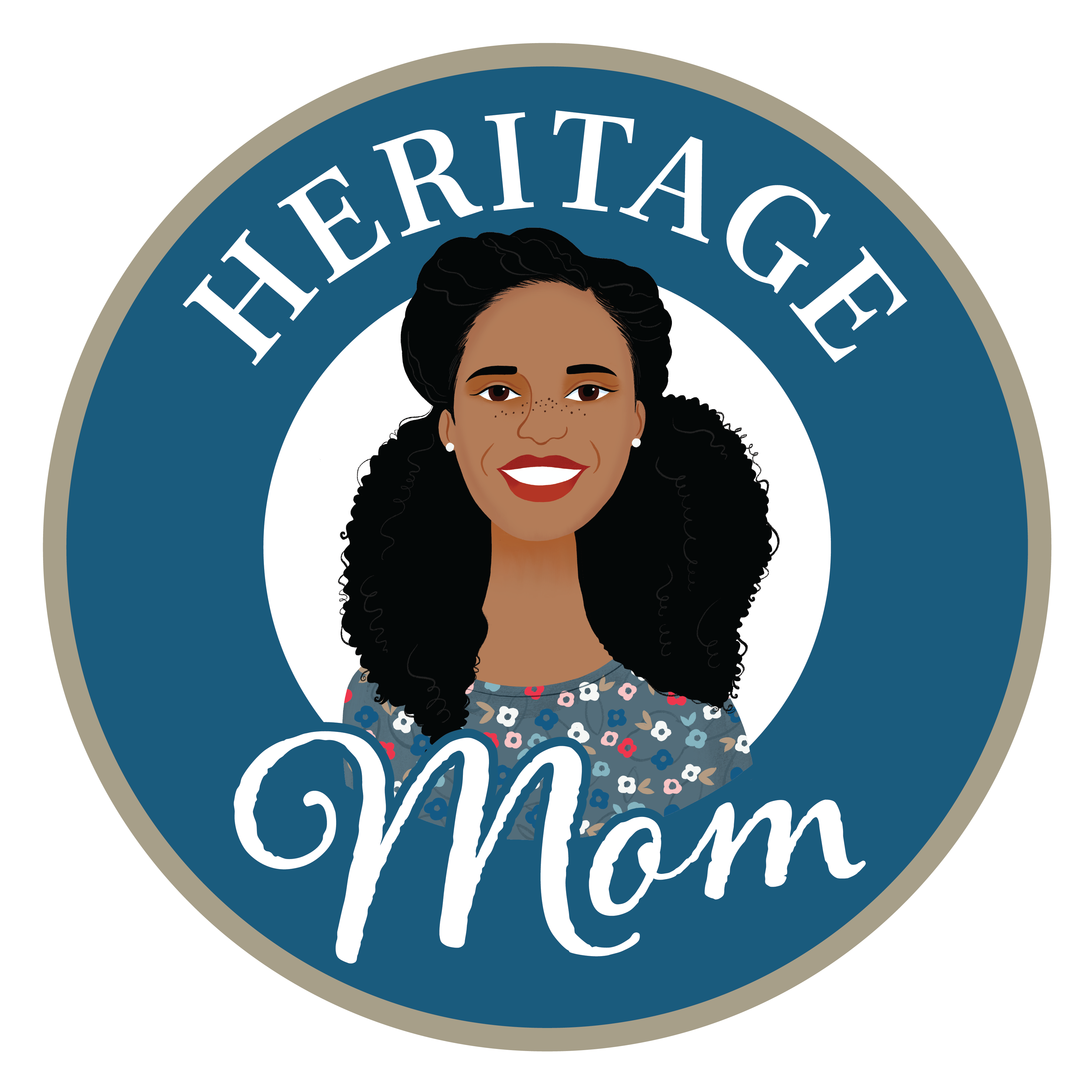














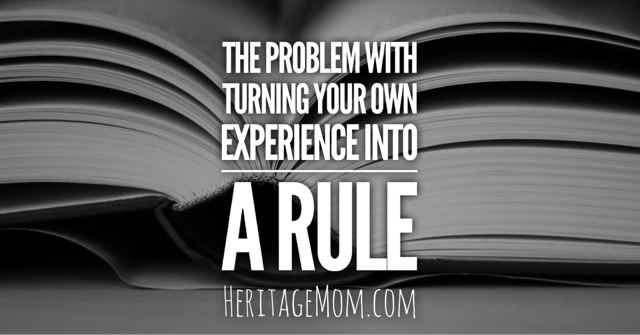
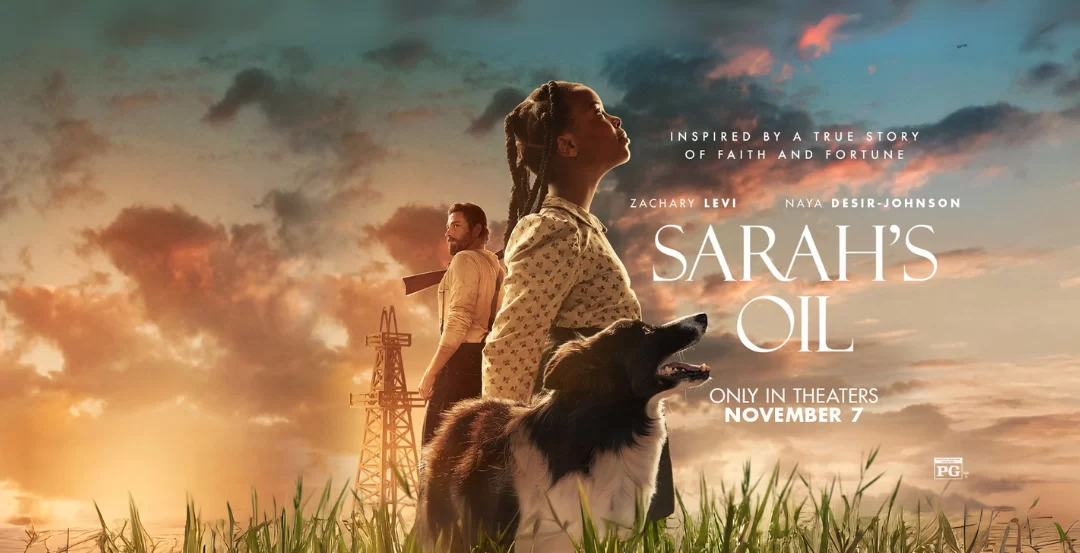

Hello! Thank you so much for all your amazing work. Do you happen to have affiliate links for the Unspeakable and Evicted books? I’d love to use them if you do…
All of the links on this post are affiliate links, so feel free to click away! Thank you for asking.
I love historical picture books and enjoy reading them to my 6 year old daughter. But sometimes I feel that maybe I’m doing to much to early. Is she going to remember any of this? Is she registering what she’s learning? Plus, I’m sure, we’re going to go through all this again when she is older. 😅 I feel like, maybeI’m in a hurry to teach her everything and show her all the wonderful books I read growing up. I know I’m
probably overthinking, do you have any insight you can offer? Thank you!!
Hi there! I think it really depends on the child. Most of my kids were fine with these books by the time they were 6 because they had older siblings and had already overheard us talking about these topics, but if your daughter is the oldest (and especially if she’s a sensitive child), you can keep an eye on her reaction and interest in this type of material because some of it can certainly be a bit heavy.
I am so thankful for these lists that you take the time to put together. This is the 3rd year that I have been blending your lists in with our other curriculum. We happen to be on the same time period cycle as you. Your lists have given us windows, when so much of our curriculum had only been giving us mirrors. I can see that my own perspectives and understanding of history has been changing to be broader. I didn’t realize how much we NEEDED this when I started using your resources, I only knew that I wanted it. Thank you for helping to educated my family!
This is such an insightful, encouraging comment! Thanks for sharing it! (Sorry, totally not my blog or anything but I was really encouraged by your comment so thought I’d reply. 🙂 )
Your comment definitely brought a smile to my face. Thank you for taking the time to let me know how these lists have helped you and your family. It’s so very motivating for me because that’s what makes the work worthwhile.